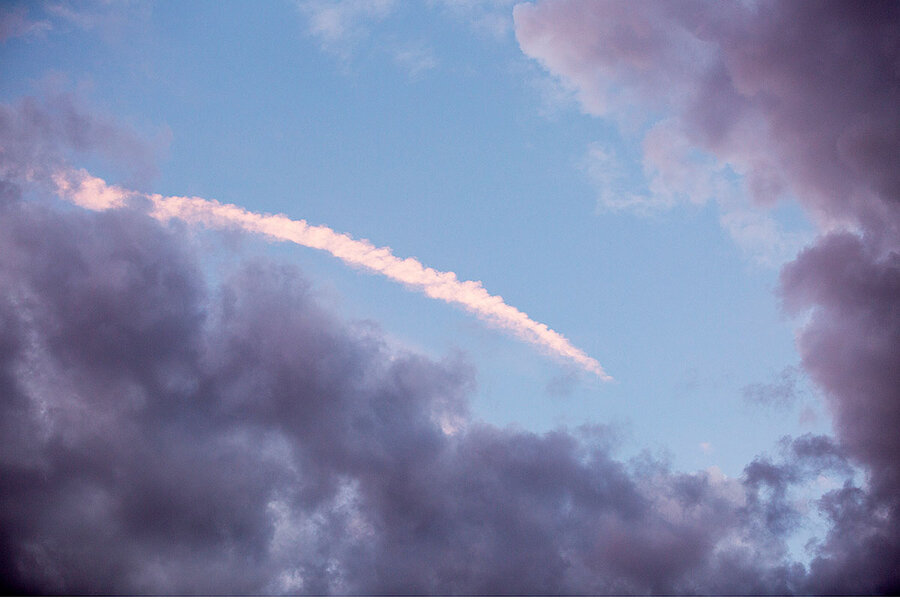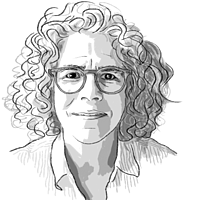How we choose to remember 9/11
Loading...
Sept. 11’s defining moment for me came on 9/14 in a raspberry patch outside Boston – where a moment of collective relief among scattered strangers demonstrated life powering through.
We all have that obvious “where were you when” memory of historical events like 9/11, the Apollo moon landing, or JFK’s assassination. But sometimes the memory that deeply defines what an event really means for an individual crystallizes over time, as it has for me in the 20 years since 9/11.
The word “anniversary” carries an oddly celebratory tone to mark the 9/11 attacks 20 years ago, admits Frank Ochberg, the psychiatrist and professor at Michigan State University who helped define the term post-traumatic stress disorder. Yet, he adds, it’s important to recognize that “we are going to remember, whether we want to or not – that we have a right to celebrate as we memorialize. But what we should celebrate are the values that we cherish.”
Memory of the historical event is a common bond that most Americans, today, carry: Hundreds of thousands of people in Manhattan, at the Pentagon, and across rural southwestern Pennsylvania witnessed firsthand the 9/11 attacks; millions saw repeated video images of them. The event created what Dr. Ochberg calls “flashbulb” memories – textured moments that contribute to our spiritual, political, and moral constructs of meaning. When we return to memorialize such an event, he says, we continue to “make sense of profound feelings.”
I hold two enduring “flashbulb” moments of 9/11 that are each more powerful because of the other.
As if the week of 9/11 was not grim enough, the terror the hijackers meant to strike hit me intimately on Sept. 13 when I opened The Boston Globe and saw a photo of the familiar facade of the dumpy Park Inn motel in Newton, Massachusetts. Here three hijackers apparently spent many days preparing for their crash of American Airlines Flight 11 into the World Trade Center. The motel occupied a corner I had to round daily en route to drop my 3-year-old at preschool. The guest room windows were close enough to see through from our car. A chilling realization of the proximity of terror, it triggered a maternal ferocity that surprised me in its power to gird thought and minimize panic.
And then, the flashbulb antidote to the terror: On Sept. 14, I retreated from the news to a berry farm where my daughter and I were deep in a bramble with a dozen other people, filling baskets with raspberries – though the red stain on my daughter’s T-shirt indicated more were going in her smiling mouth than in her basket. Then suddenly, in the sky that had been silent for days with the air traffic shutdown, a commercial jet out of Logan International Airport was roaring right overhead, close enough, it seemed, to see rivet dimples on the belly of the fuselage.
Its normalcy was a spectacular blue-sky moment – people near me exhaled sighs, tears were shed, all in a murmur of relief, of gratitude. We were sharing a collective moment of hope: a foothold, small but vivid, in the process of learning that life marked by historic tragedy could – would – find balance. The moment was as warming a memory as the Park Inn was chilling, and it is increasingly the dominant memory of 9/11 for me.






